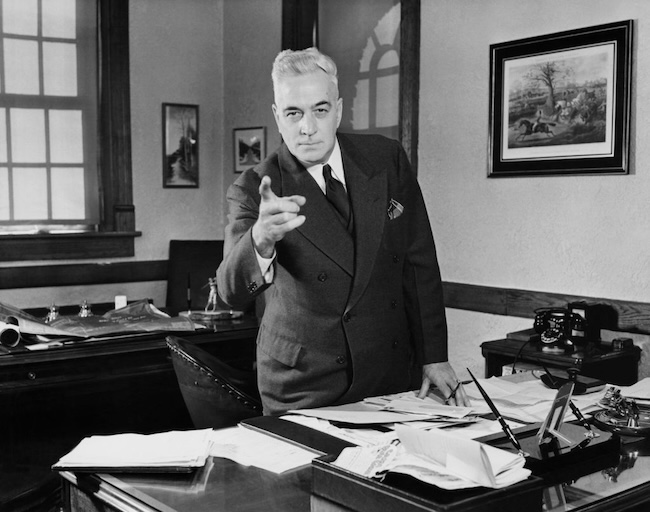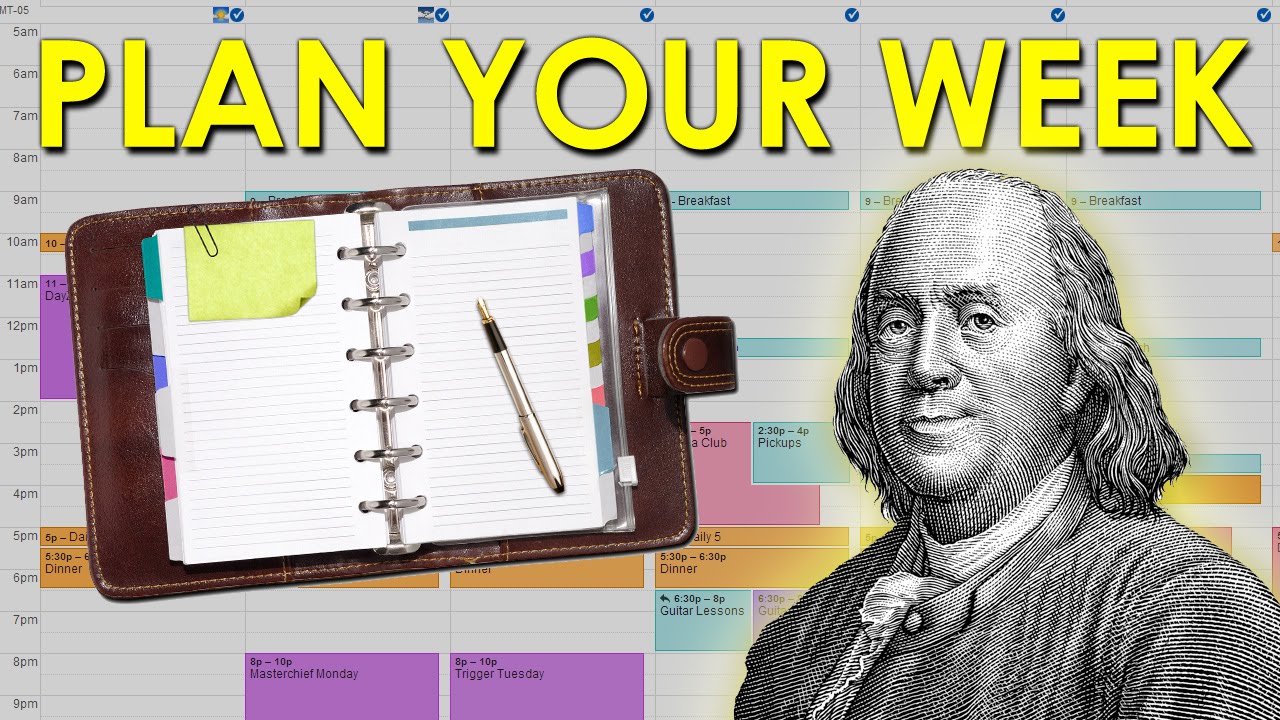
Most people can make a plan. Planning is fun. You get to dream, scheme, and visualize a future where everything is awesome.
But executing plans?
A lot of people struggle with that.
A few months ago, I did a poll on the AoM WhatsApp Channel (give us a follow!) asking what members were struggling with the most. The most common answer was executing and sticking with plans.
The gap between “what I intend to do” and “what I actually do” is so common it has its own name in psychology: the intention–behavior gap. You decide you’ll start running three times a week. You mean it. You may even go once or twice. Then…life happens. Weeks later, your running shoes sit in your closet collecting dust.
If you want to make progress in your life, you’ve got to learn how to overcome the intention-behavior gap. You’ve got to start executing plans. Thankfully, execution is a skill you can develop, just like you can develop any other skill.
Below are eight research-backed and field-tested strategies that can help you finally become a man who stops dreaming and actually starts getting things done.
1. Focus on Less to Achieve More
Whenever we want to make a change in our lives, our typical approach is to try to do everything at once. New diet, new complex workout, new morning routine, new side hustle. Result: nothing changes.
People do the same when they try to carry out a large project, like starting a business. I’ve seen people try to do the organizational aspect of creating a business, like forming an LLC and opening a bank account, while simultaneously trying to create merch, develop a marketing plan, and create a blog. They try to do so much at the same time that they get overwhelmed and quit before the business ever gets off the ground.
If you want to start getting more done, you’ve got to start doing less.
The people who actually get traction pick a few truly important goals and ignore the rest. Warren Buffett has a simple guideline that’s helped him accomplish a lot during his life: Make a list of your top 25 goals, circle the top 5, and avoid the other 20 at all costs until those five are done.
2. Plan the When and How — Not Just the What
“I’m going to work out more” is a wish, not a plan.
“On Monday, Wednesday, and Friday at 7:00 a.m., I’ll lift weights at the YMCA” is a plan.
Psychologists call this an “implementation intention” — pairing a goal with a specific cue. If you know the when, where, and how ahead of time, you don’t burn mental energy deciding in the moment. You just follow the script.
We did a deep dive into implementation intentions way back in 2012. Give that article a read. It’s an idea that I’ve used throughout my life to help me stick to a workout routine for over 10 years, as well as follow through on weekly planning sessions that help me stay on top of my life.
3. Visualize Obstacles
One of the reasons planning is so enjoyable is that when we plan, we’re not confronted with the friction of the real world. When you’re putting pen to paper, creating your plan for a dream vacation to Asia, you’re probably not thinking about all the things that can go wrong.
Planning without thinking about failures can prevent the execution of said plans in two ways. First, if all you do is visualize success during your planning sessions, your brain gets a false sense of completion, and your motivation to actually start executing your plans drops.
Second, if you don’t think about obstacles while planning, you’re more likely to lose steam the moment you hit one during the execution of your plan. As Mike Tyson put it, “Everyone has a plan until they get punched in the face.”
To overcome the motivation-sapping power of visualizing pure success during your planning session, use Gabriele Oettingen’s WOOP method: Wish, Outcome, Obstacle, Plan. Picture the win, then immediately picture what could derail you. Then come up with a plan on how you’ll overcome that obstacle.
4. Use the 70% Rule
One thing that I’ve seen in my life and the lives of other people that prevents them from executing plans is thinking and researching too much. We tell ourselves that if we just get a bit more information, then we’ll be ready to take action. But there’s always more thinking or research we could do.
One heuristic that’s helped me overcome this paralysis by analysis comes from Jeff Bezos. He calls it the 70% Rule. It goes like this: If you’ve got 70% of the information you wish you had in order to take action on something, take action. Waiting to get to 90% just gives you diminishing returns. The extra effort it takes to go from 70% to 90% costs significant time and yields only marginal gains in clarity.
So instead of spending three weeks researching workout programs and watching YouTube video after YouTube video on the pros and cons of hypertrophy or strength programs, just start doing a program. Any program. See how it goes for a few weeks. If it works, stick with it; if it doesn’t, adjust.
If you’re trying to plan your first big party, don’t wait until you’re 100% sure on what to do before you start doing it. If you’re 70% sure, start! As you take action, you’ll learn things and can make modifications on the fly.
5. Track Actions, Not Just Outcomes
Most people track the scoreboard (pounds lost, dollars earned). Those are lag measures — they come after the work is done.
Instead, focus on lead measures — the behaviors that create the outcome. If you want to build strength, concentrate on “workouts completed,” not “PRs hit.” The lead measure is largely in your control; the lag measure isn’t. By focusing on what you can control, you increase your sense of agency, which will give you the motivation you need to actually execute and follow through on your plans.
6. Stop Telling Everyone Your Goals
This one’s hard because it feels good to announce a big plan. But when you tell people and get their praise, your brain experiences it as a partial win; you feel like you’ve already accomplished something, which can actually make you less likely to follow through. We’ve written about this phenomenon before on the site.
If you must share, tell someone who will hold you accountable, not someone who will simply congratulate you. “I’m trying to run a 10K — text me every Friday to make sure I did my runs” works a lot better than “Guess what, I’m gonna start running!”
7. Have a System to Keep Track of What You’re Doing
One of the things that I’ve seen block execution in my own life is letting tasks slip through the cracks. You can’t get stuff done if you don’t know you need to get it done!
One of the tools that I’ve used to help me keep track of all the little tasks I need to do to complete big plans is Todoist. I’ve been using it religiously for the past 11 years.
Here’s what Todoist has helped me execute during that time:
- Run the day-to-day of AoM
- Write over 3,000 articles on AoM
- Publish over 1,000 podcast episodes
- Publish several books
- Start and run The Strenuous Life
- Plan and execute multiple family vacations
- Plan and execute several large parties in our home
- Stick with a home maintenance routine
- Stick with a life admin routine
- And much more!
Check out my in-depth guide on how I use Todoist to get things done, as well as these 4 Todoist templates I created for tackling things like your home maintenance and life admin checklists.
By consistently using a system like Todoist or another task manager, you can break down big goals into manageable tasks and ensure nothing gets overlooked. The key is reviewing your list daily, prioritizing what’s most important, and staying flexible when unexpected changes arise.
8. Practice Self-Compassion When You Slip
No matter how much planning you do and how much action you take, you’re going to have days when you miss a workout or blow a deadline for a big life project. Beating yourself up after you’ve fallen short of following through on your plans doesn’t help. I’ve learned that from experience. Instead of calling yourself a piece of crap when you fail to follow through on your plans, practice a bit of compassion. Acknowledge the slip, learn from it, and move on.
Always Be Executing
Sticking to a plan doesn’t require white-knuckling it with willpower. Instead, it’s about figuring out how to set things up so that following through is easy or at least seems easy. Do that, and the gap between what you meant to do and what you actually do will shrink.
Recommended Further Reading
I’ve read several books over the years on how to execute and get stuff done. These are the ones I recommend the most:







